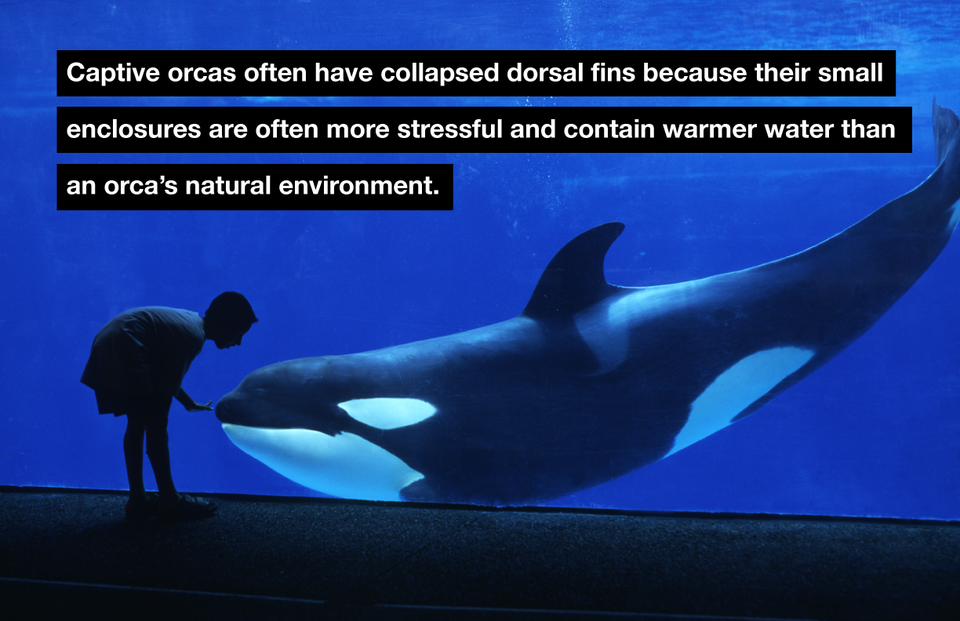Tilikum, the SeaWorld orca featured in the 2013 documentary “Blackfish,” died Friday ― two days before the company plans to officially end its orca show at its San Diego park.
“The SeaWorld family is deeply saddened to announce that one of its most well-known orcas, Tilikum, has passed away. Tilikum passed away early this morning, January 6, surrounded by trainers, care staff and veterinarians that provided him around-the-clock world-class care,” read a SeaWorld statement.
SeaWorld reported in early March that the whale was “lethargic” and veterinarians were worried about his deteriorating health. The park still plans to determine the official cause of death, but noted that veterinarians had been treating the orca for “a persistent and complicated bacterial lung infection.” The park cited Tilikum’s old age as the reason why he became sick.
Orca whales can live in the wild for 50 to 80 years, according to the National Marine Mammal Laboratory. In 2014, an orca believed to be more than 100 years old was spotted swimming with her family. SeaWorld believes Tilikum was about 35 when he died.
Tilikum, born in the wild near Iceland, spent more than 30 years in captivity. In 1983, when scientists estimate he was 2 years old, he was captured near Iceland, then held for around a year in a concrete holding tank, according to a comprehensive report by Outside Online. He then ended up at a marine park in British Columbia called Sealand of the Pacific, where people gave him the name Tilikum, meaning “friend” in the Chinook language.
He was involved in accidents that ended in the deaths of three people ― one at SeaLand and two at SeaWorld. The last incident that occurred at SeaWorld, when he pulled trainer Dawn Brancheau underwater, became the focus of the 2013 documentary “Blackfish.” The film incited nationwide criticism of the park’s practices ― particularly its treatment of orcas ― and sparked a larger discussion of the ethics of keeping large, highly intelligent marine mammals in captivity at all. Tilikum was removed from the park’s public performances after the incident, though he was added back the following year.
“Blackfish” made the case that Tilikum was psychologically traumatized and violent due to his years in captivity. The film illustrated how Tilikum was isolated from other whales and used as a breeding stud, siring 21 offspring, of which only 10 are still alive. Viewers were especially alarmed to learn about the small size of the whale’s main tank and how he was often seen floating in a catatonic state.
The movie outraged viewers and prompted mass protests and boycotts, which led to SeaWorld reporting record low profits. Last year, SeaWorld saw an 84 precent drop in its ticket revenue.
While the park has stated that demands it release its orcas to a seaside sanctuary would be unrealistic, it has announced a halt to its orca breeding programs. (It continues to breed other marine mammals.)
Nadya Agrawal contributed reporting.


